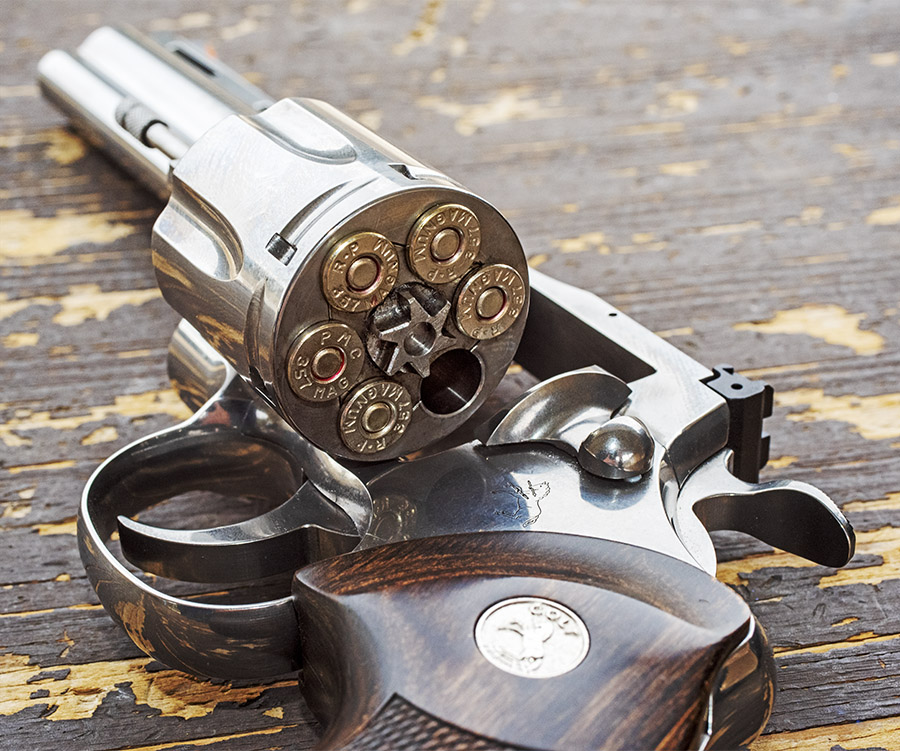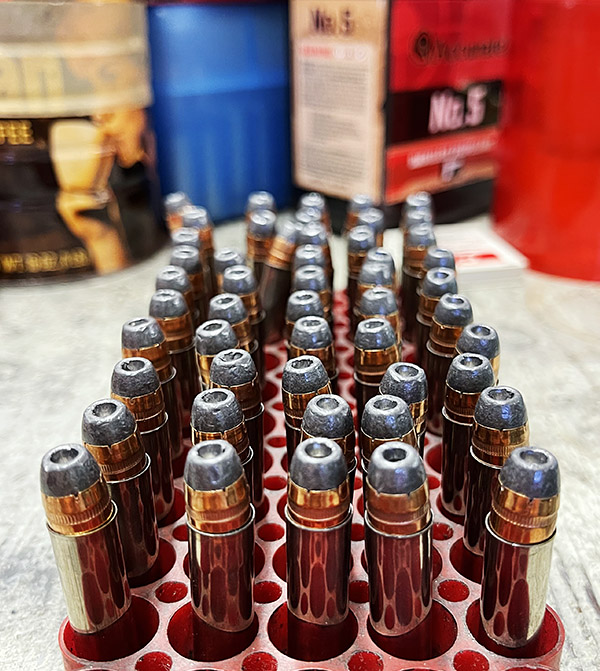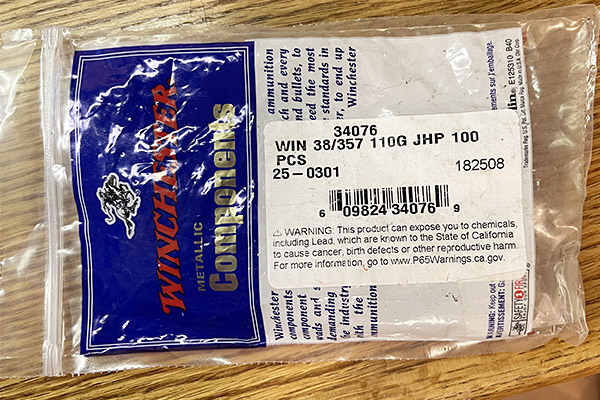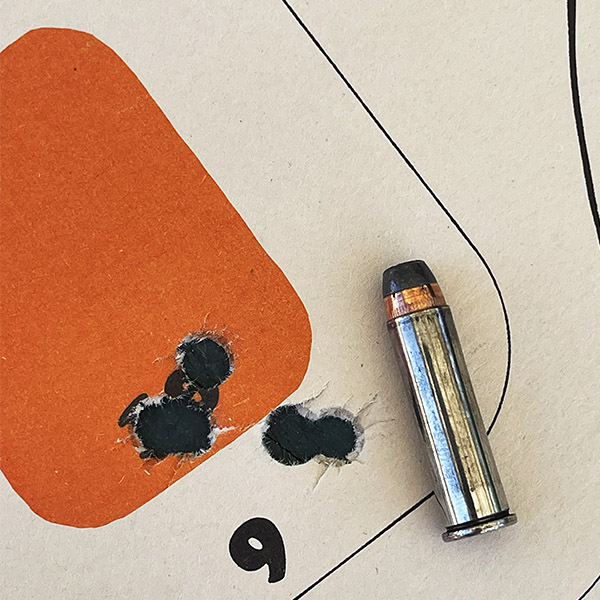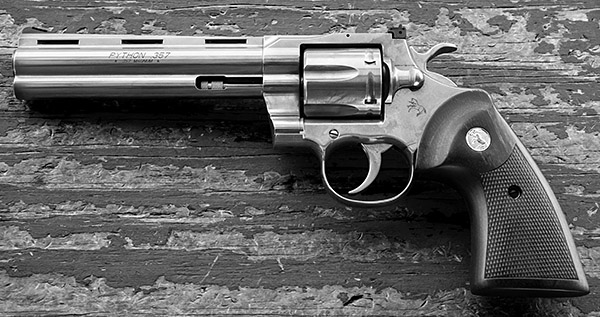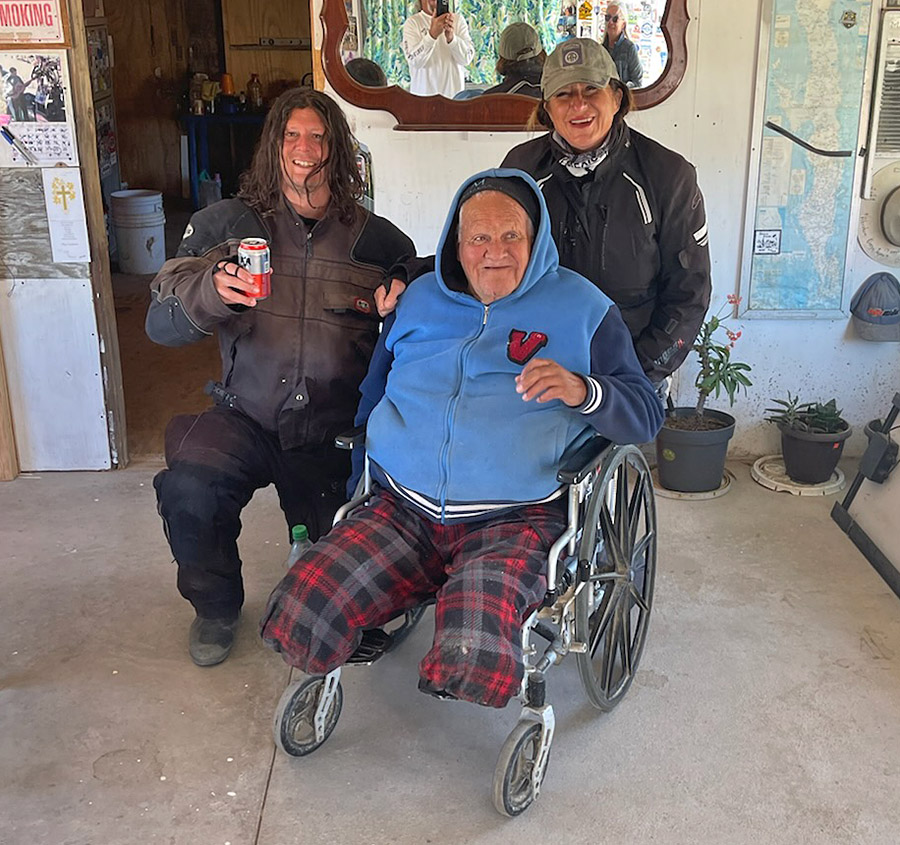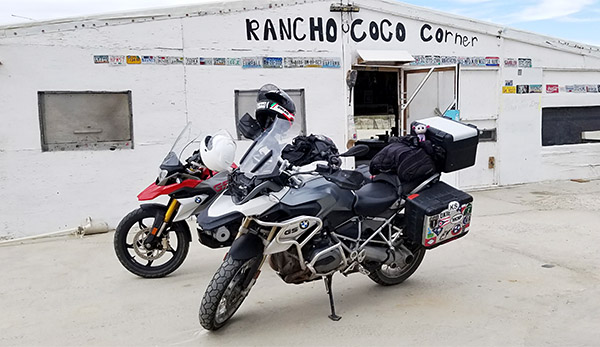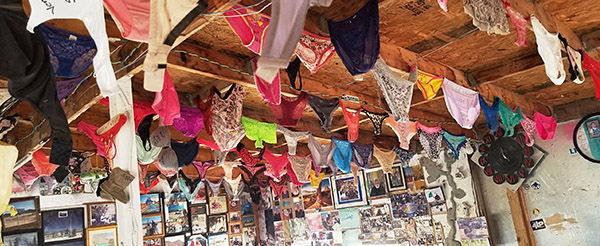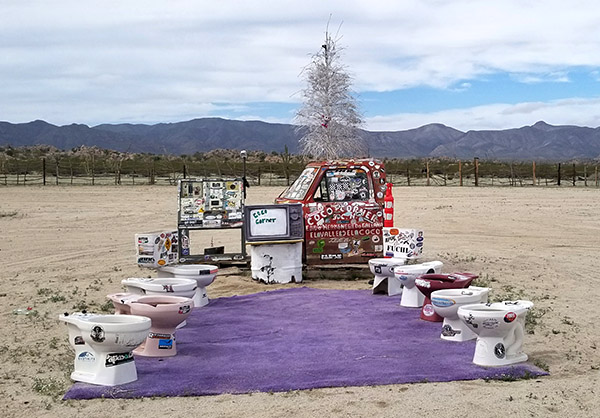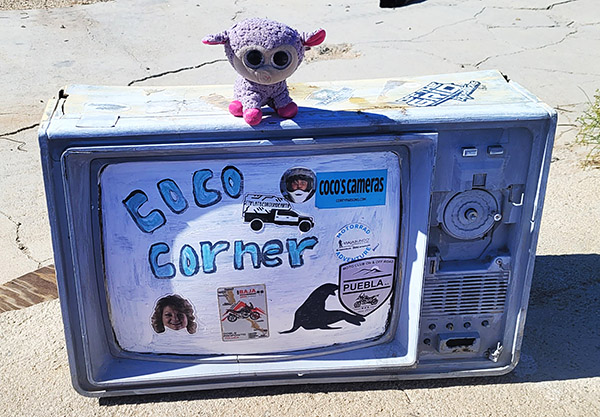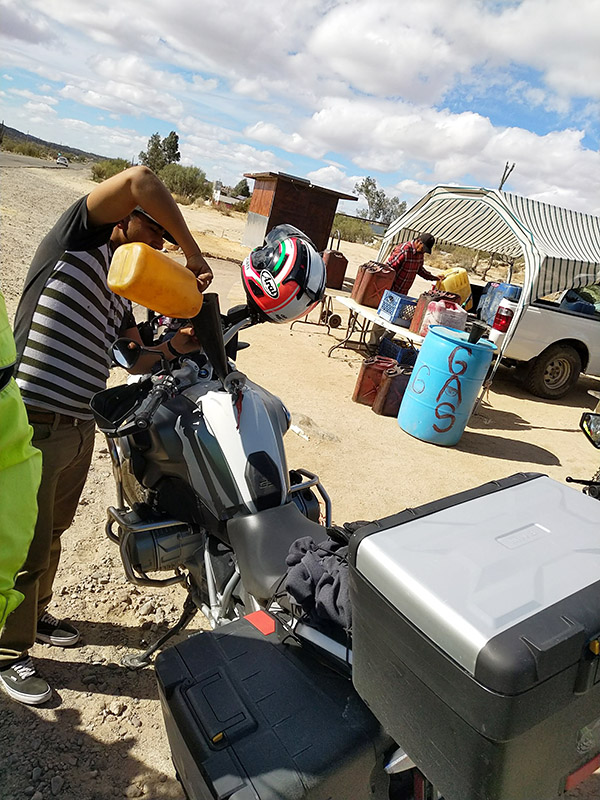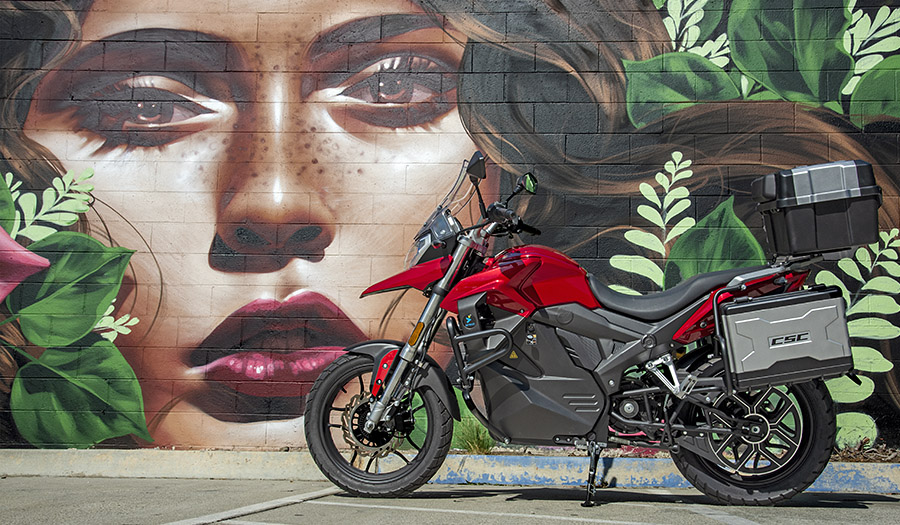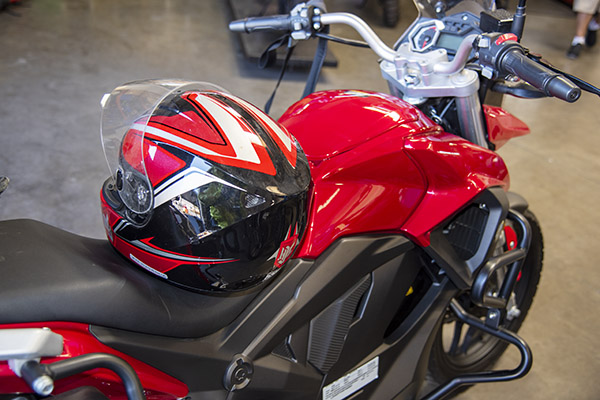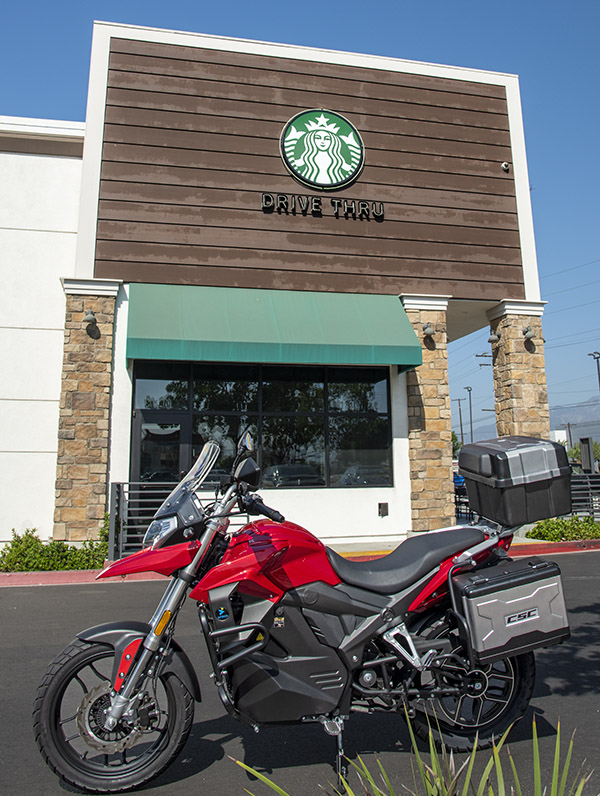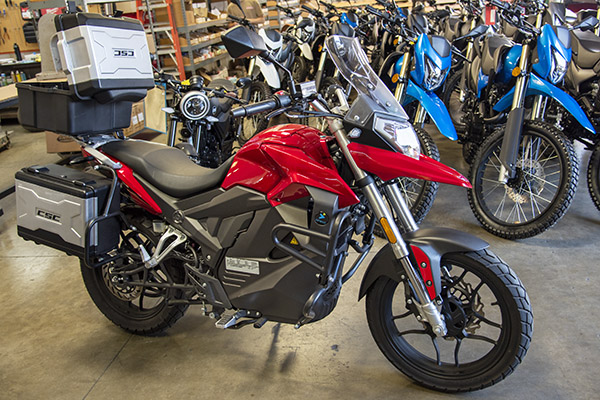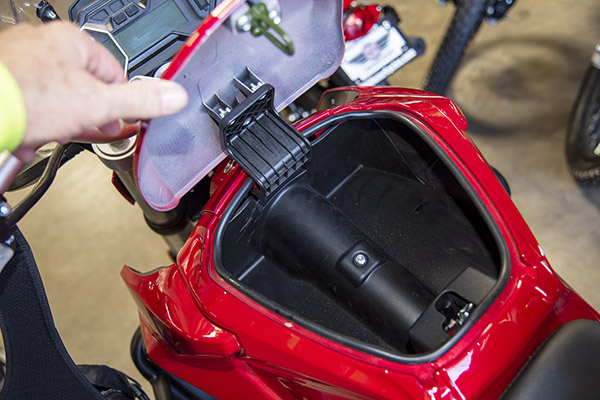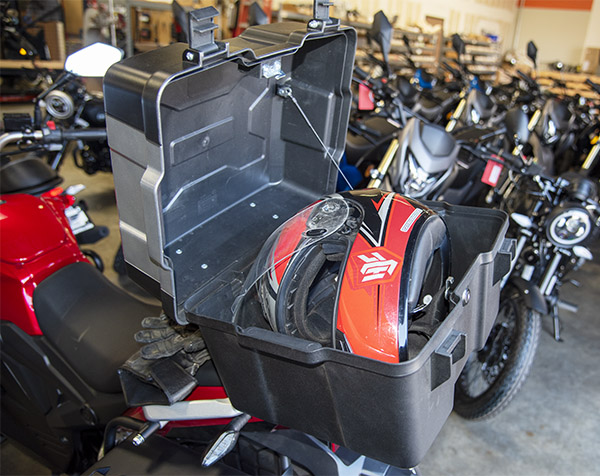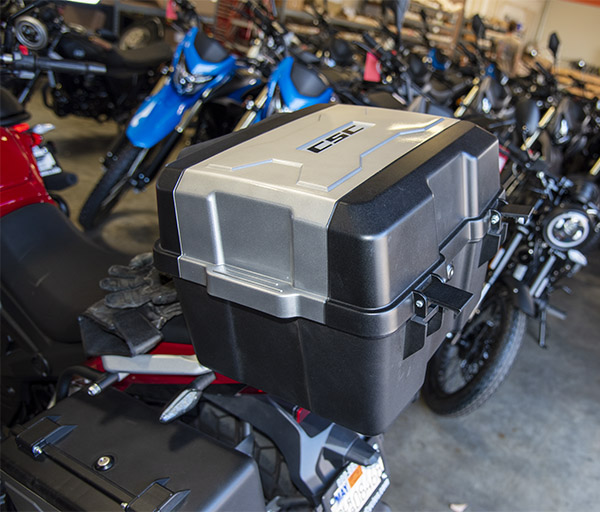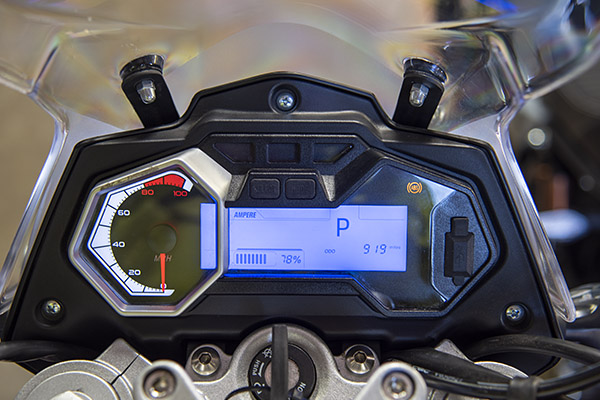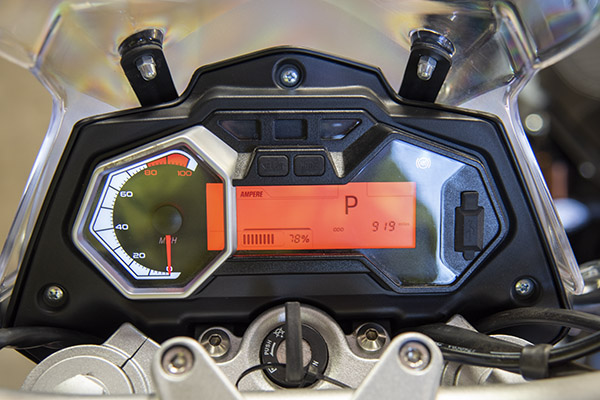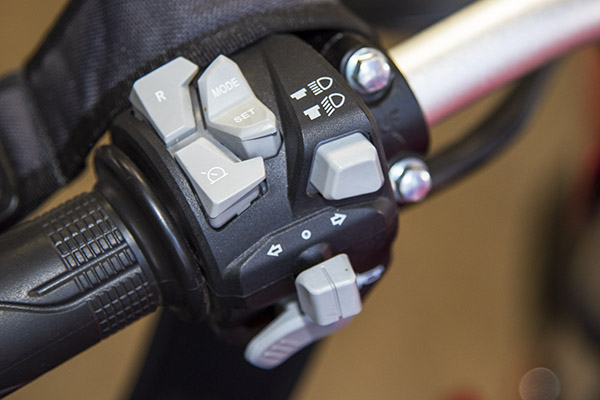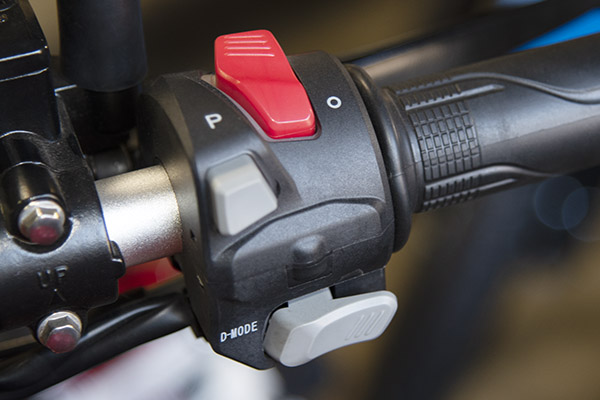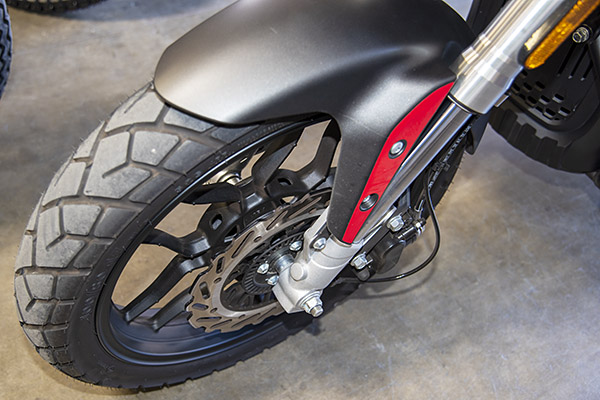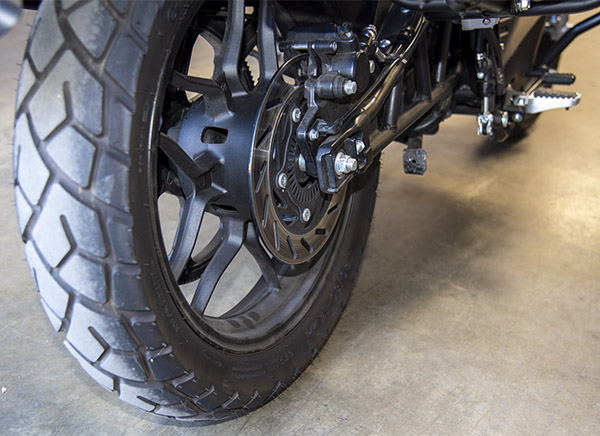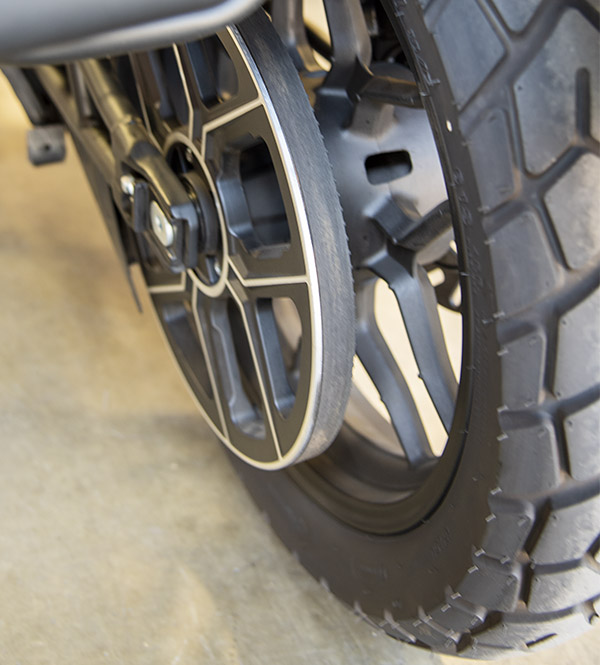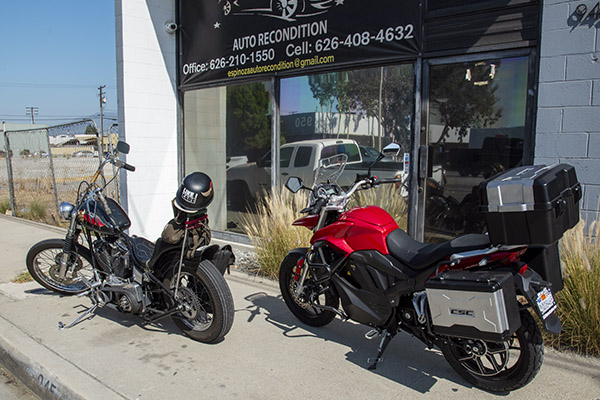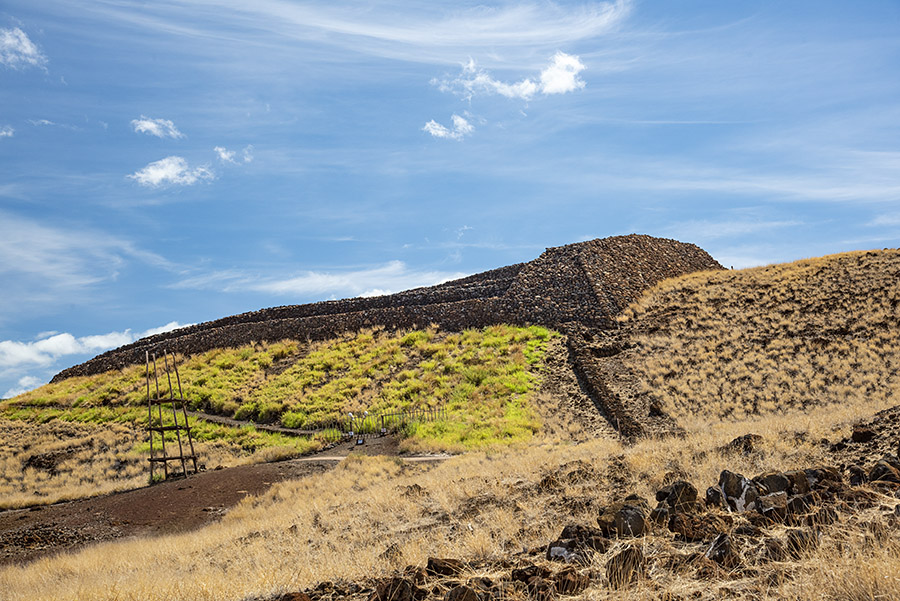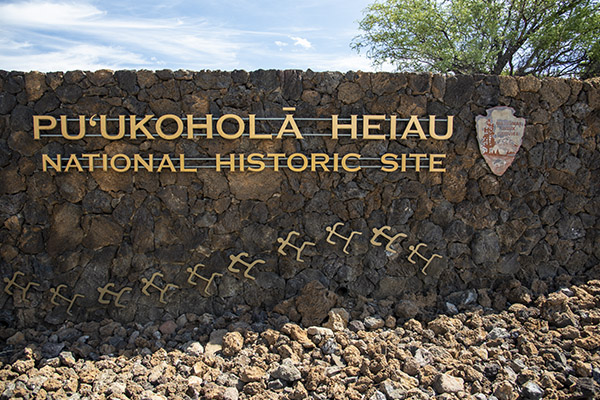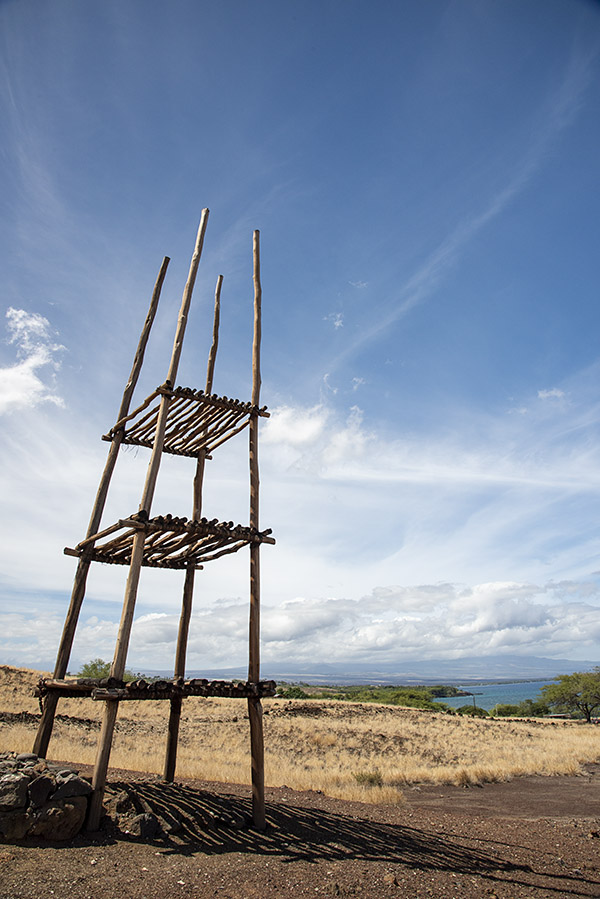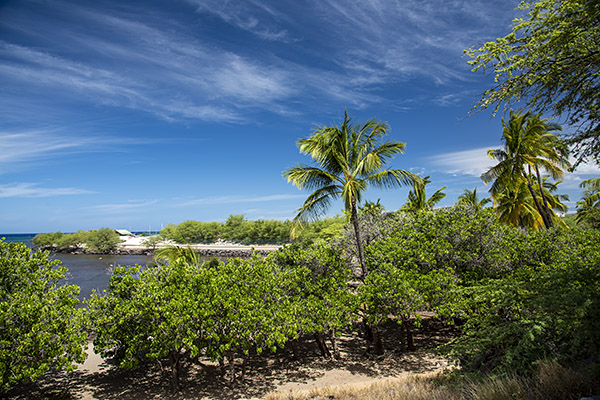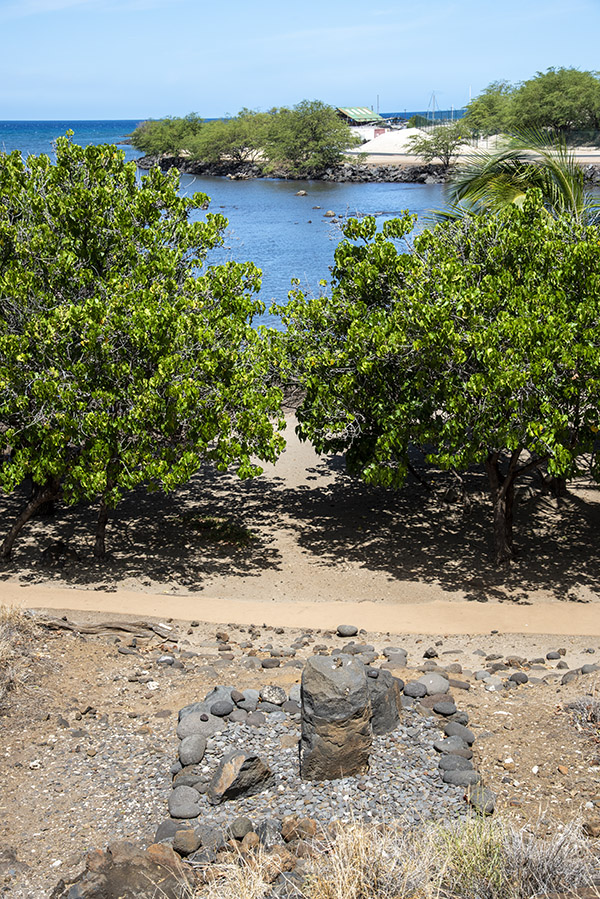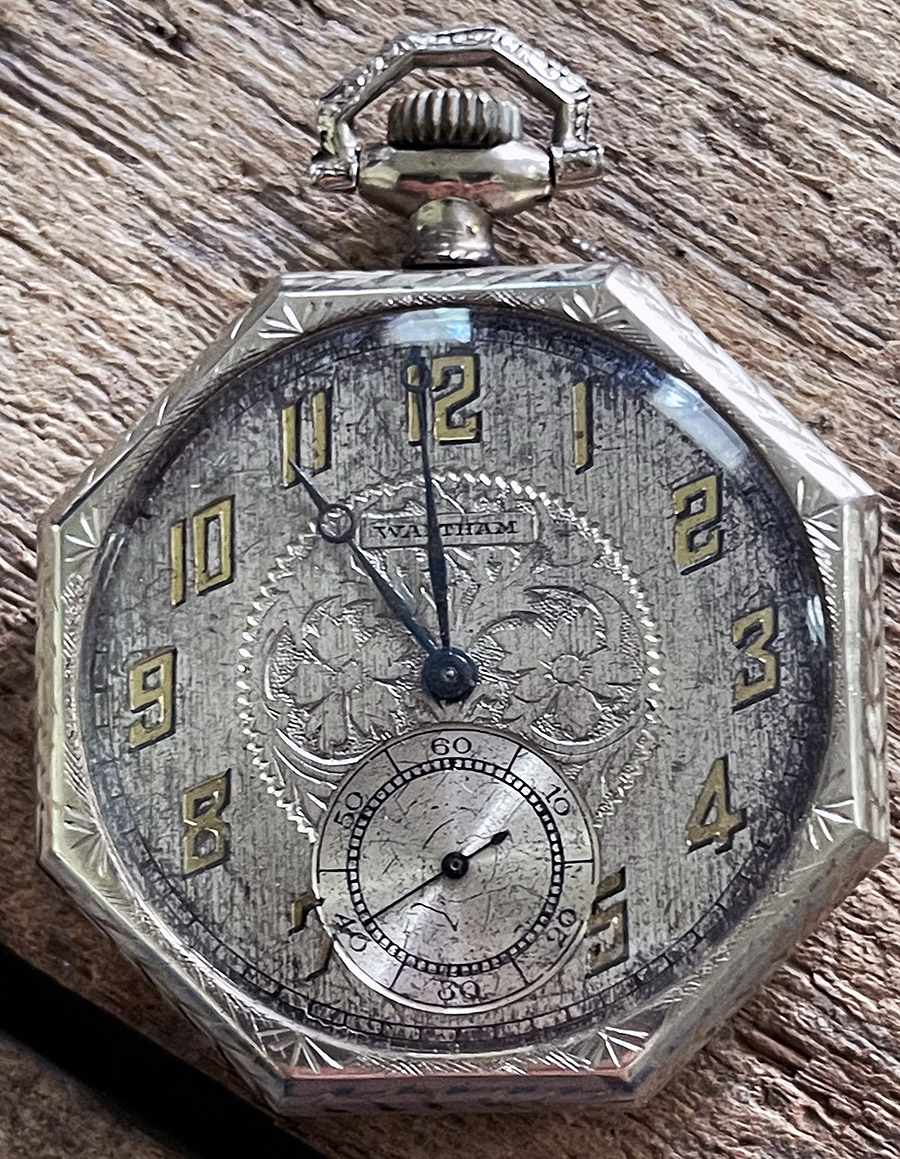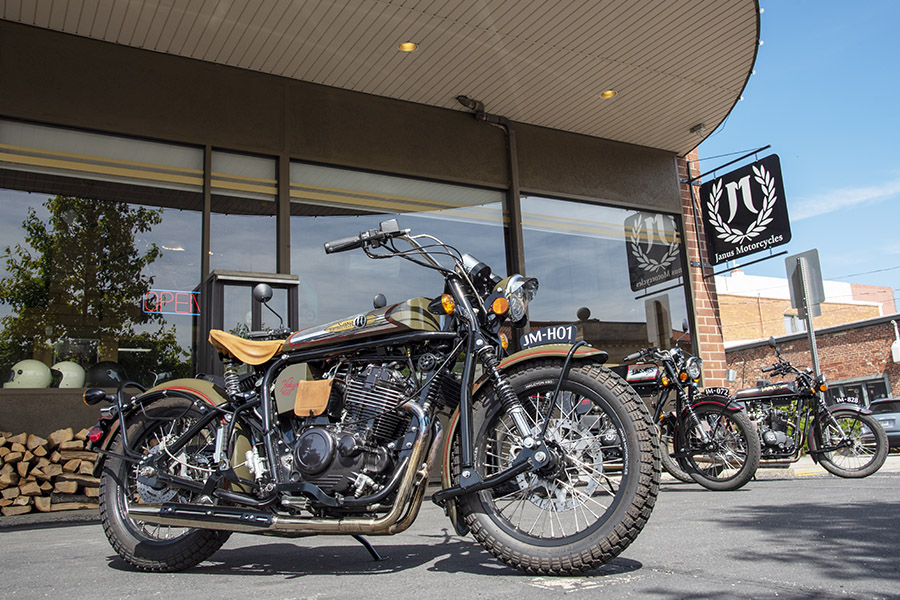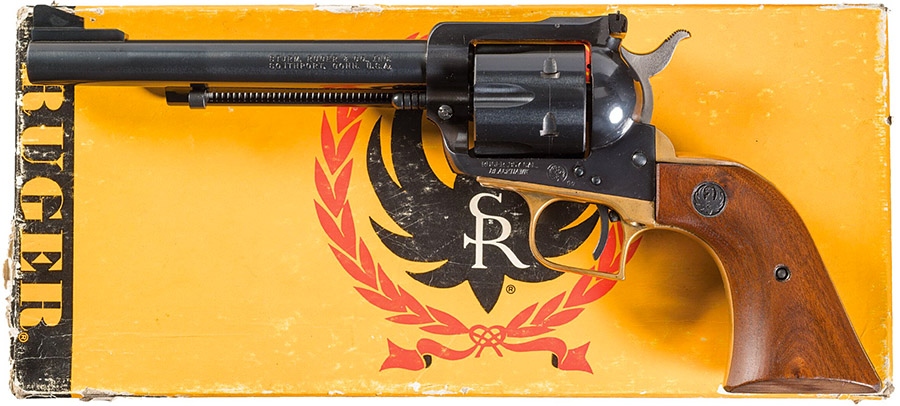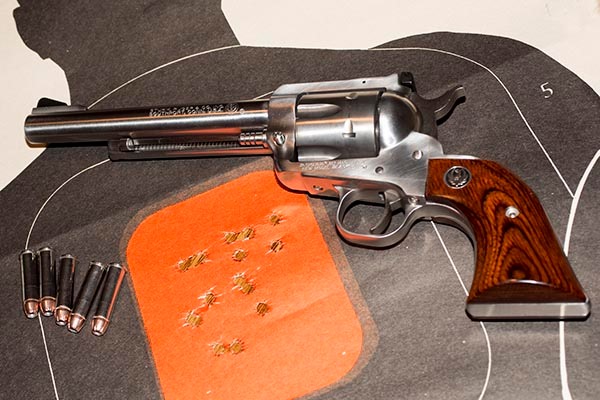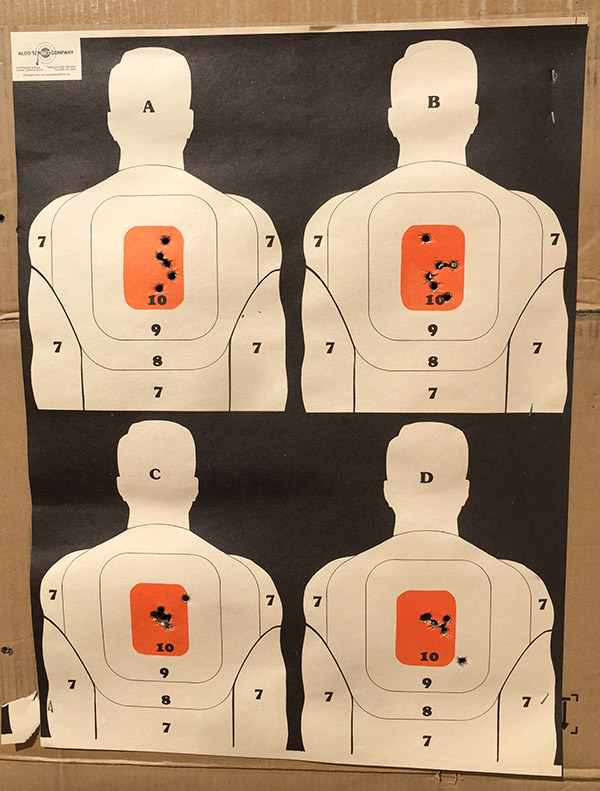Long ago I wrote a story about traveling across the USA on an old, 1971 360cc Yamaha Enduro motorcycle. It was called Toxic Tour with the subtitle, The First Annual Blue Haze Across America Tour. I had grand plans of organizing a two-stroke only cross country motorcycle ride like the Three Flags Tour put on by the Southern California Motorcycle Association. Editor Brian Catterson’s warning to never call anything “the first annual” until a second one happened proved prescient. The Second Annual Blue Haze Across America Tour never happened.
The main reason it never happened is because I have no idea how to organize and plan such a massive undertaking. I guess I thought the event would just magically take place because I uttered the words out loud. Motorcycle events require many selfless people working behind the scenes to make the idle talk happen. I still like the idea of an all two-stroke pan-USA motorcycle tour but someone else will have to make it a reality. Robert Pandya comes to mind as someone who could pull it off.

Which brings us to the (hopefully temporary) defunct Motorado Motorcycle show. The Motorado was a great, classic motorcycle show held each year in Santa Fe, New Mexico. The Motorado died out around Covid time and try as I might, I can’t find any information online about a 2022 show. Motorado’s Facebook page responded to my query with “ Unfortunately no show this year, lack of interest.” Adding these bits of information together I suspect there won’t be a Motorado show in 2022.

The thing is, I really enjoyed riding whatever moto-clunker I had that would run the 200 miles to Santa Fe. It was always sunny and warm in September; a great group of riders and motorcycle fixers gathered to chat bikes. You could buy an ice-cold beer from the restaurant located at the venue and sit on a bench looking at a Husky 400 or a Triumph T160. All those pleasurable feelings are gone now.

I admit I’m part of the problem, as I never volunteered to work the show or even joined the Motorado club. I cherry picked all the fun and left others to clean up the mess. I miss the Motorado and want something like that to happen again in Santa Fe. So I’m going to make it happen again, even if it’s only on the tiniest scale.
Working within my expansive limitations, the inaugural ExhaustNotes Santa Fe Vintage Motorcycle Hang Out will take place on Saturday September 24, 2022. The event will be held at the same mini-mall location as the previous Motorado shows were held. The address is 7 Caliente Road near the intersection of Highway 285 and Avenida Vista Grande.
The mall is about a block west of 285 and a block south of Avenida Vista Grande. You can see the mini-mall from the intersection. Since it will take me a few hours to ride up there the start time will be noon. Feel free to get there earlier if you like; don’t wait on me as my old RD350 may break down on the way north. The show will end whenever we want to leave. I plan to hang out until 3pm-ish then head south towards home. I don’t like to ride in the dark.
The Inaugural Hang Out is free to attend and there are no rules or classes as the show is not organized or judged in any way. It is literally a hang out. No trophies will be awarded. Try to ride an old motorcycle if you can so we have something interesting to look at. If you have vintage dirt bikes or a non-running street bike trailer them in.

There is a nice restaurant in the mini-mall called Santa Fe Brewing Company. The Brewing Company has good beer and air conditioning so I might hang out there for lunch. For the vegans there is an excellent bagel/coffee shop next to the hardware store. At least it was there last time I visited.
Since this is a non-organized, non-sponsored event I have made no arrangements with the mini-mall management. There is no special parking but the east side of the mall has a large dirt lot that no one parks in. We could line up the bikes there and be out of the way of normal commerce. Swag, like T-shirts or ball caps will not be available so dress accordingly. I will bring some ExhaustNotes stickers along but I find it hard to believe anyone would want them when they have no idea what or who ExhaustNotes is. Ask me and I’ll give you one.

Look, I harbor no illusions about the success of this event; I fully expect that I will be the only one that shows up. I’m prepared to sit alone for a few hours and talk to myself about the purple RD350 that I’ll ride to 7 Caliente Road. Wes Baca from Albuquerque might make the show on his H2 Kawasaki or his CT70 Honda so that will make two of us.
What I really want is the old Motorado show back, but until that happens we can go through the motions and enjoy a fine day in Santa Fe, New Mexico chatting about and looking at old motorcycles. And that’s a pretty good way to spend a Saturday.
Even if you can’t attend please share this blog on your social media. You never know who might be interested and live close enough to burble their vintage bike over to Santa Fe. When you get there, look for the little old man drinking a beer and sitting lonely next to a purple RD350 Yamaha. That will be me.
The comments section of this blog will be the central clearing house for Santa Fe Hang Out information. If you have any questions feel free to ask in the comments section; if you are planning to attend let us know in the same comments section.
I hope to see you there on the 24th!
Never miss an ExNotes blog:
Hit those popup ads!


